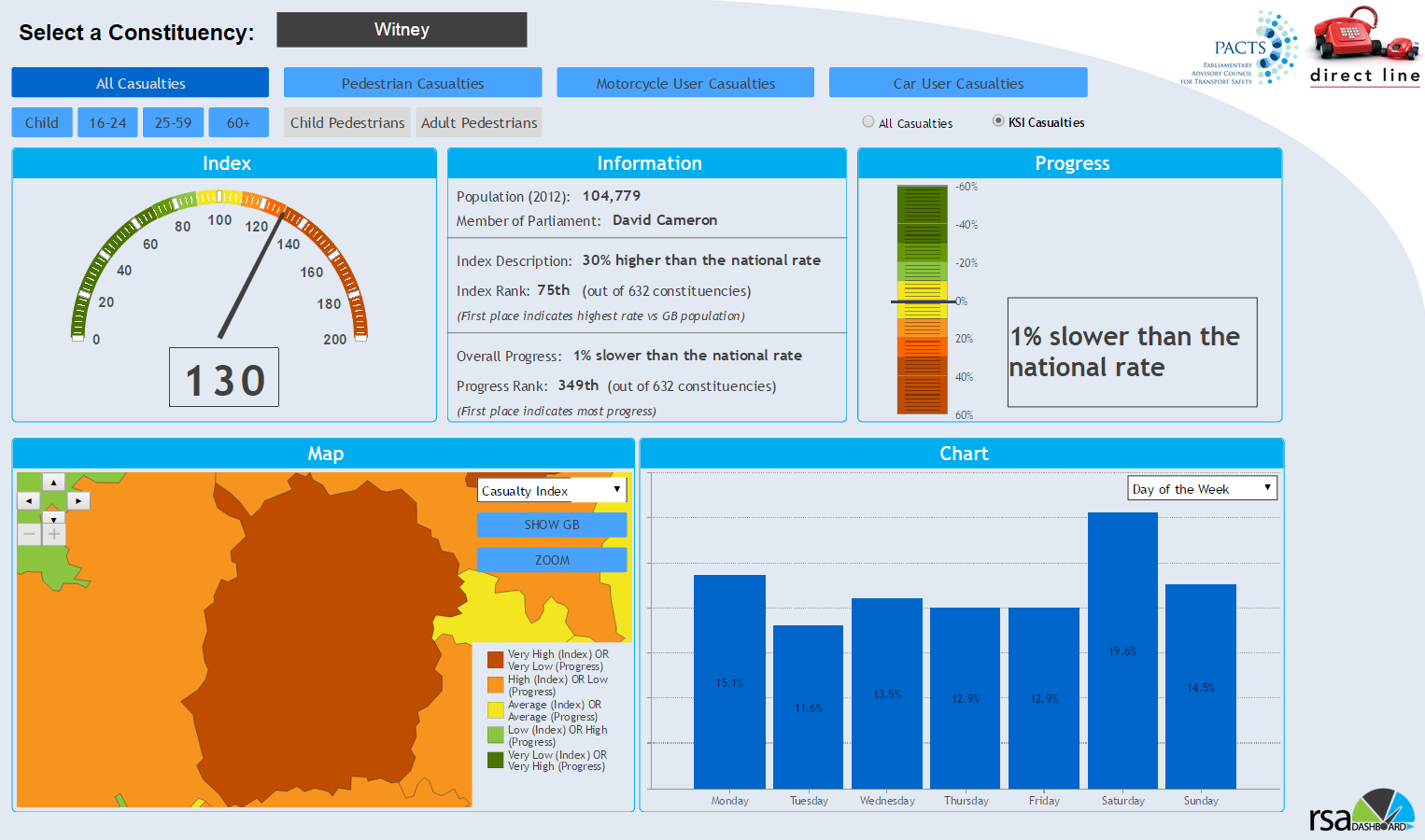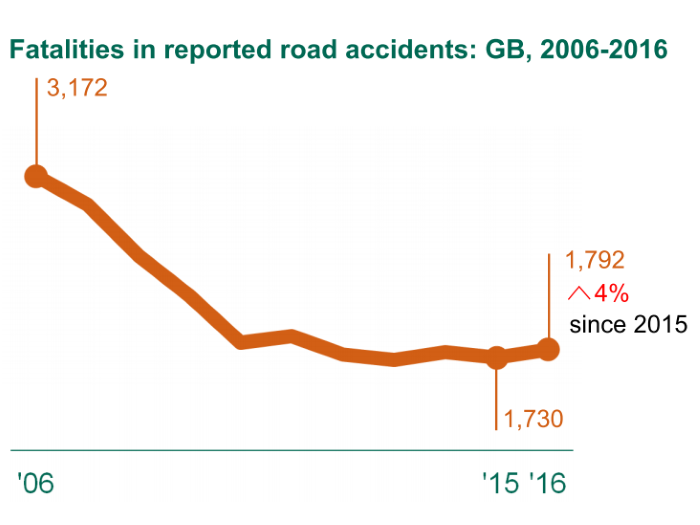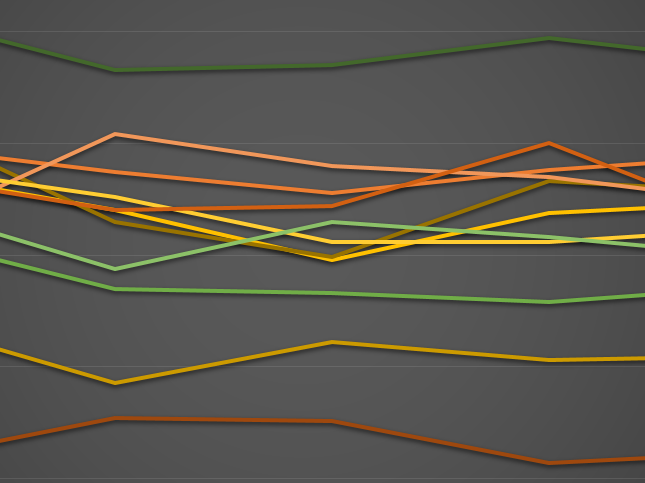
Latest Road Casualty Figures Continue to Disappoint
February 5, 2015
Constituency Road Safety Dashboard Launched
March 26, 2015Spring Conference Roundup
On tour – The Spring Conference season started with a bang!
And I am writing this on the way home from our northern RSA Conference: ThinkAgility, where we also presented sessions on behaviour change; evaluation; new ways to present data; and how not to do analysis (a full summary of the event is to follow after our Southern event on 1st April – watch this space!) so these all seem to be common themes in the road safety sector at the moment.


Harnessing Digital Technology for Health Behaviour Change, University College London
Dan and I spent two days at the end of February at University College London, learning about behaviour change in public health. With over 300 delegates, this first annual conference was exceptionally well attended, with delegates visiting from around the world. Whilst we were definitely in the minority as road safety professionals, there was lots for us to learn and many of the principles and theories used elsewhere in public health are transferable to the road safety sphere.
There were several main themes we took away from the two days – that behaviour change models such as the Behaviour Change Wheel are relevant to policy makers and practitioners trying to change a range of behaviours from encouraging smoking cessation to managing diabetes through to avoiding drink-driving. What was also evident was that practitioners across the disciplines face the same challenges when applying theories to practice – a common theme was the presentation of results of randomised controlled trials of digital solutions using behaviour change theories and a frequently asked question was about how to translate the evidence and evaluation into practice in the real world.
The conference reminded me of the need to ensure that evidence and sound theories are at the core of our interventions and that sharing best practice and collaborating on projects is essential. Road safety professionals – be it academics/analysts or RSOs/Marketing Officers need to work together to ensure that their hard work at both ends of the spectrum is put to good use and that it doesn’t end up with the production of hundreds of spreadsheets which no-one uses the results of or that interventions are ineffective and undeliverable because they are based on hunches or personal preferences.
Behavioural science in the health sector is leading the way in bridging this gap but I hope we can learn lessons from the sector and follow in their footsteps.
2015 RoSPA Road Safety Conference
Early March saw me head to Birmingham with Richard for the annual RoSPA Conference, this year with the theme of pedestrian safety. The day included a range of presentations on theories and practice, including Richard and me presenting the concept of the ‘Prototype Willingness Model’ as an appropriate behaviour change model for communicating with adolescent pedestrians. As with the conference at UCL, it was interesting to see some duplication across the country, with many areas providing very similar child pedestrian training interventions– with budget restrictions, fewer authorities can provide full training schemes such as Kerbcraft so many are opting for parent-led solutions in the form of workbooks and/or DVDs (like our Safer Steps package). There were a few moments of ‘great minds think alike’ with some of the offerings but it also showed that there were perhaps some missed opportunities for joint working and that areas could be benefiting from economies of scale if authorities joined together to design, procure and deliver training packages. As with the UCL conference, it was important that evaluation was on the agenda, both with RoSPA’s Christina Brown discussing the need to evaluate ETP schemes and also with some of the practitioners presenting the feedback they have received from children and parents. This included Cheryl Evans from West Berkshire Council sharing preliminary evaluation results of the Safer Steps scheme. It was fitting that a conference about pedestrians saw the UK launch of UN Global Road Safety Week by RSGB Chair, Honor Byford, including the unveiling of resources for #SavesKidsLives which we have worked closely with RSGB on. And we all got to participate in the launch by being part of a ‘safie’!!
Estimated number of deaths caused by drug driving every year in Great Britain
UK Road Safety Summit: Drink, Drugs & Mobile Phones, PACTS
My last stop on the tour before our own conferences was London on 18th March. This event involved a really packed (no pun intended regarding PACTS!) agenda covering the new drug-driving legislation; looking at new ways to tackle drink driving; understanding driver distraction and finishing up with an update on road safety around the UK.
All the sessions combined theory and practice, starting with a plea from Mike Holliday-Williams of Direct Line for Graduated Driving Licensing (GDL) for novice drivers because “telematics and social media will not work on their own.” It seemed appropriate that this was followed by Jessica Matthew from the DfT who talked through the introduction of the new drug-driving legislation; how police forces are looking to enforce the new law; the Think! campaign accompanying the legislation; and governmental plans for the future, including an overhaul of the CBT for motorcyclists. Going back to the implementation of the drug-drive law, it was surprising to hear that in the first 2 weeks of the new legislation, one police force had had 26 prosecutions – the extent of the drug driving problem is probably much larger than we’d expect (and this was echoed in the statement that it is estimated that there are 200 deaths from drug driving every year in Great Britain).





